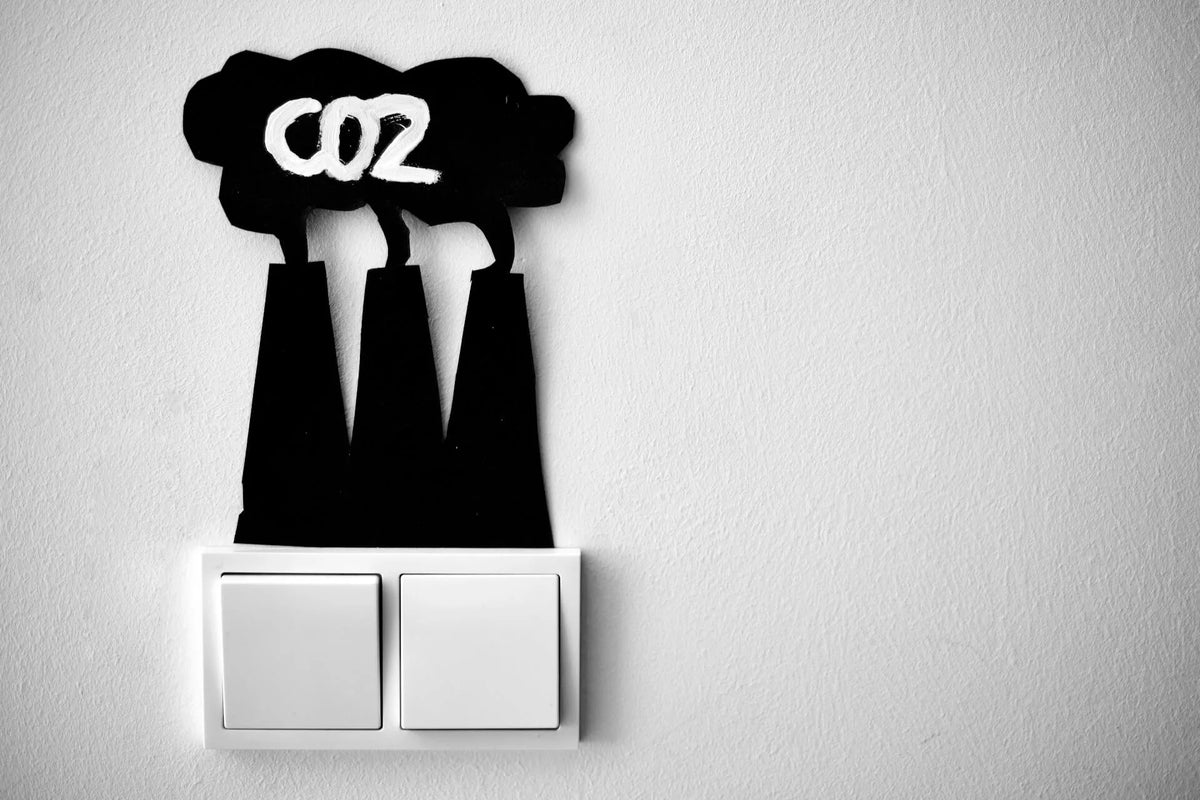At Friendly Turtle EcoBlog, we explore how enhanced subsea pipeline inspection is transforming ocean safety. With offshore oil and gas infrastructure expanding, ensuring pipeline integrity is crucial. Many pipelines are now unpiggable, requiring specialised external inspection methods powered by advanced technologies like ultrasonic systems and predictive modelling. These innovations reduce risks, protect marine ecosystems, and limit human exposure to harsh ocean environments. Improved reporting and global data sharing have also helped prevent accidents and foster safer working conditions. Embracing such sustainable practices in subsea maintenance not only safeguards lives but supports long-term environmental responsibility.
Share your articles with us and get published! Reach out at hello@friendlyturtle.com.
Eco Bathroom Design: Reduce Your Carbon Footprint

Designing an eco bathroom is a big step towards reducing your overall carbon footprint. By making conscious design choices you can save water, energy and be sustainable without compromising on comfort or style. This guide will show you how to make your bathroom more eco friendly including installing an electric underfloor heating system to reduce energy consumption.
1- Water Saving
Low Flow Fixtures
-
Low Flow Toilets: Modern low flow toilets use far less water per flush than traditional ones.
- Aerated Faucets and Showerheads: These fixtures mix air with water to maintain pressure while using less water.
Fix Leaks Quickly
Even small leaks can waste a lot of water over time. Check and repair any leaks in faucets, showerheads and pipes regularly.
Dual Flush Systems
Dual flush toilets have two flushing options so you can use only what you need each time.
2- Energy Saving
Electric Underfloor Heating System
Traditional heating methods can be inefficient and expensive. An electric underfloor heating system heats the floor surface directly. This method uses less energy by operating at lower temperatures and provides comfort. It also removes the need for radiators and gives you more design freedom.
LED Lighting
-
Energy Saving: LED bulbs use up to 80% less energy than incandescent bulbs.
-
Long Life: LEDs last longer so you replace less often.
-
Smart Controls: Add dimmers and motion sensors to reduce usage.
Insulate Pipes and Walls
Insulation retains heat so you use less energy to keep warm.
3- Eco Friendly Materials
Eco Friendly Flooring
-
Bamboo or Cork Flooring: Renewable resources that are durable and stylish.
-
Recycled Tiles: Made from recycled glass or ceramic, reduces waste and resource consumption.
Low VOC Paints and Sealants
Volatile Organic Compounds (VOCs) can harm indoor air quality. Choose low VOC or VOC free products to create a healthier space.
Reclaimed or Recycled Fixtures
Use reclaimed wood for cabinets or recycled metal for fixtures to add character and sustainability to your bathroom.
4- Air Quality
Efficient Ventilation
A timer equipped exhaust fan ensures good airflow, reduces moisture and prevents mold growth.
Indoor Plants
Add plants like aloe vera or spider plants that absorb toxins.
5- Waste Reduction
Durable Fixtures
Invest in high quality fixtures that last longer so you replace less often.
Recycle and Repurpose
-
Recycle Old Materials: Dispose of old fixtures and materials properly by recycling.
-
Donate Usable Items: Give away items in good condition to reduce waste.
6- Smart Water Usage
Greywater Systems
Install systems that recycles water from sinks and showers for toilets or irrigation.
Rainwater Harvesting
Collect rainwater to use for flushing toilets or watering plants.
More Tips
-
Educate Household Members: Encourage habits like shorter showers and turning off taps when not in use.
-
Maintenance: Run systems properly to avoid waste.
Go Green in Your Bathroom
By incorporating eco friendly elements in your bathroom design you not only reduce your footprint but also create a space that is efficient and in tune with nature. Small changes like using eco friendly materials, saving water and energy efficiency can make a big difference. Go green and set an example for sustainability.
0 comments
Let customers speak for us
Blog posts
Designing a functional and stylish kitchen doesn’t have to come at the planet’s expense. At Friendly Turtle EcoBlog, we believe that using eco-friendly materials is a meaningful way to create a beautiful, healthy space while minimising environmental harm. From durable and flexible bamboo cabinetry to toxin-free natural wood that enhances both aesthetics and indoor air quality, sustainable choices elevate kitchen design in every sense. Recycled materials offer surprising strength and affordability, proving that green design can be budget-friendly. For flooring, marmoleum stands out fully biodegradable and available in vibrant colours to bring natural warmth to your kitchen. These conscious materials support healthier living, reduce waste, and bring calming, nature-inspired beauty to one of the most important rooms in your home. By choosing eco-smart alternatives, you’re investing in long-lasting comfort, sustainability, and timeless design. Explore more on the Friendly Turtle EcoBlog and start your low-impact kitchen transformation today.
A car breakdown is never convenient but it can still be handled sustainably. From choosing green roadside assistance to using recycled car parts and biodegradable fluids, there are practical steps that reduce environmental harm even during stressful moments. Eco-conscious drivers can minimise waste by keeping biodegradable rubbish bags in the car and recycling unusable components. Keeping your vehicle well-maintained and equipping it with eco-friendly tools prevents small issues from becoming larger, resource-heavy repairs. At Friendly Turtle EcoBlog, we believe even breakdowns are opportunities to drive change. Read on for easy eco-friendly tips that make a difference when the unexpected strikes because sustainability should travel with you, even when the journey gets rough.



